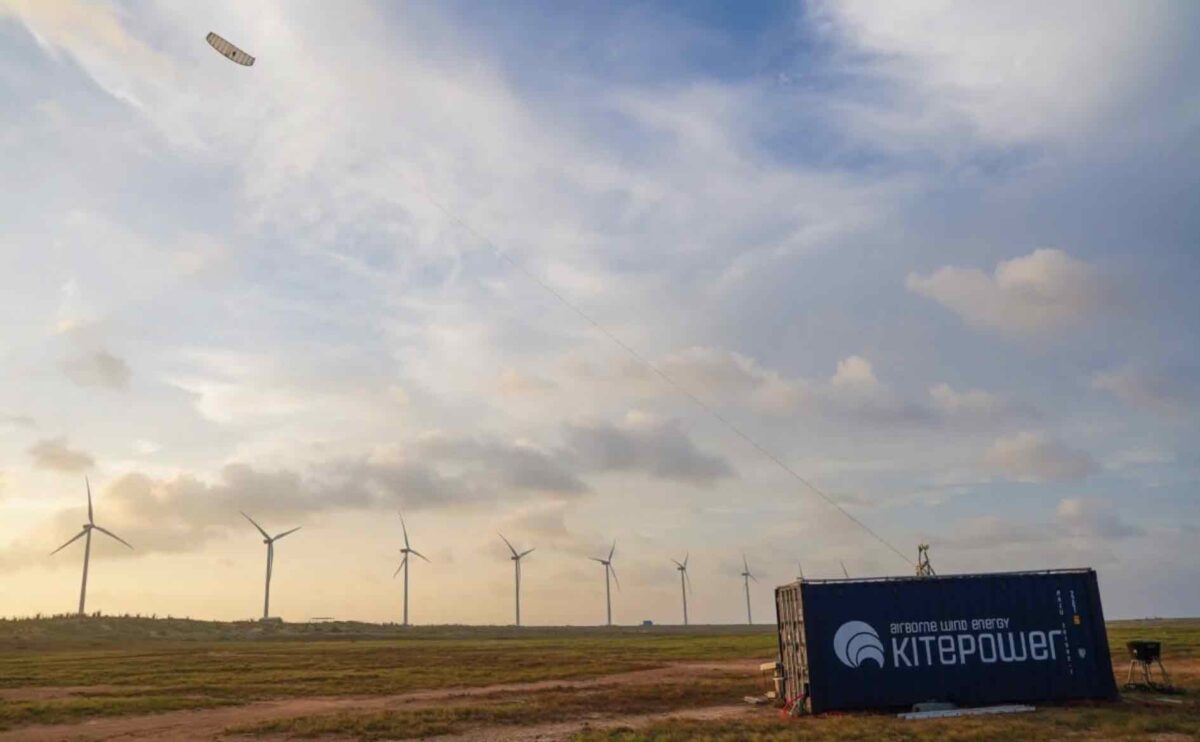German renewable energy giant RWE has begun testing an innovative wind power technology which uses massive kites to generate power.
Testing began at RWE’s new Airborne wind test facility in Bangor Erris, Ireland, where the company will evaluate the innovative kite technology developed by Dutch company Kitepower.
The new kite technology, dubbed Airborne Wind Energy, uses a “large kite structure with a hybrid inflatable and fixed fibreglass skeleton to hold the kite open” and boasts “a wingspan of 60 square meters and weighs only 80kg, including the Kite Control and sensor unit,” according to Johannes Peschel, CEO of Kitepower.
Power is generated by the “Reel Out Phase” during which the Kite Control Unit (KCU) directs the kite to fly in a crosswind figure of eight pattern which creates a high pulling force to pull the tether out from the winch housed in a 20-foot container.
When the Dyneema tether – an ultra-strong rope which has a higher strength than steel wire of the same dimension but weighs only one-tenth of the weight – reaches its maximum, the kite is reeled back in using a small amount of energy.
In all, the whole process takes around 100 seconds – 80 seconds for the Reel Out Phase and 20 seconds for the Reel In Phase.
“We will test our Kitepower Falcon system in Bangor Erris, which can generate up to 100kW,” explained Peschel.
“The Kite will initially be flown at up to 350m altitude and over the coming months could be tested to fly at greater heights.
Kitepower claims that their Airborne Wind Energy technology offers a higher capacity factory than either solar PV or wind turbines while requiring 90% less materials than conventional wind turbines.
The technology is also mobile, able to be set up within 24 hours with all equipment fitting within a standard 20-foot container, and ideal for remote sites and communities.
“RWE is exploring many different industry innovations to see whether airborne wind technology could complement our existing renewables portfolio of offshore and onshore wind, solar energy and battery storage,” said Cathal Hennessy, RWE’s head of onshore renewables development (wind, solar, and storage) UK & Ireland.
“With low capital expenditure and fewer materials, Airborne Wind has the potential to play a role in helping to drive down the cost of energy further. It will use winds at higher altitudes which are stronger, steadier, and more constant. It can be used onshore as well as offshore and in combination with other technologies such as solar electricity generation.”








